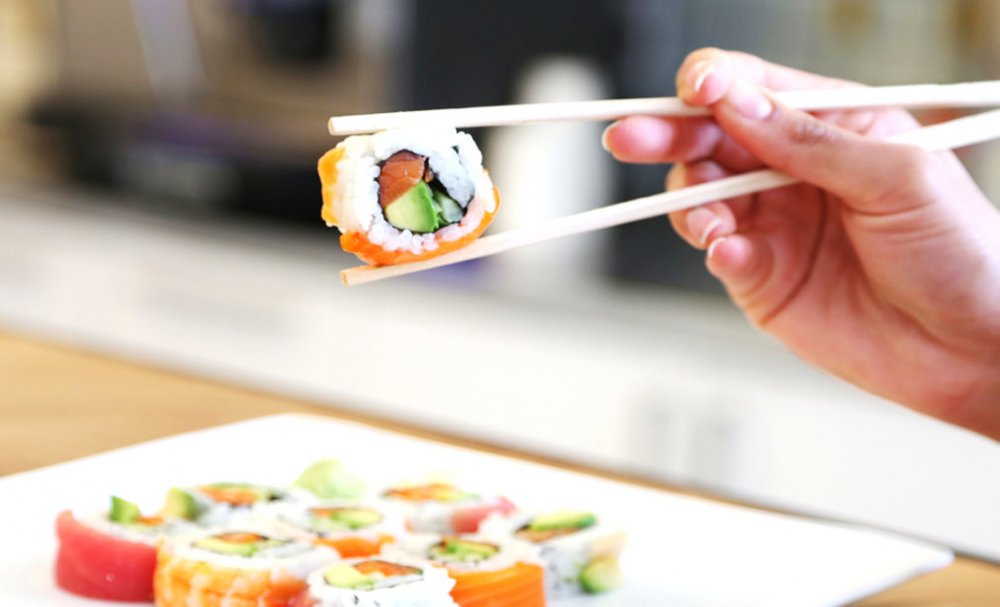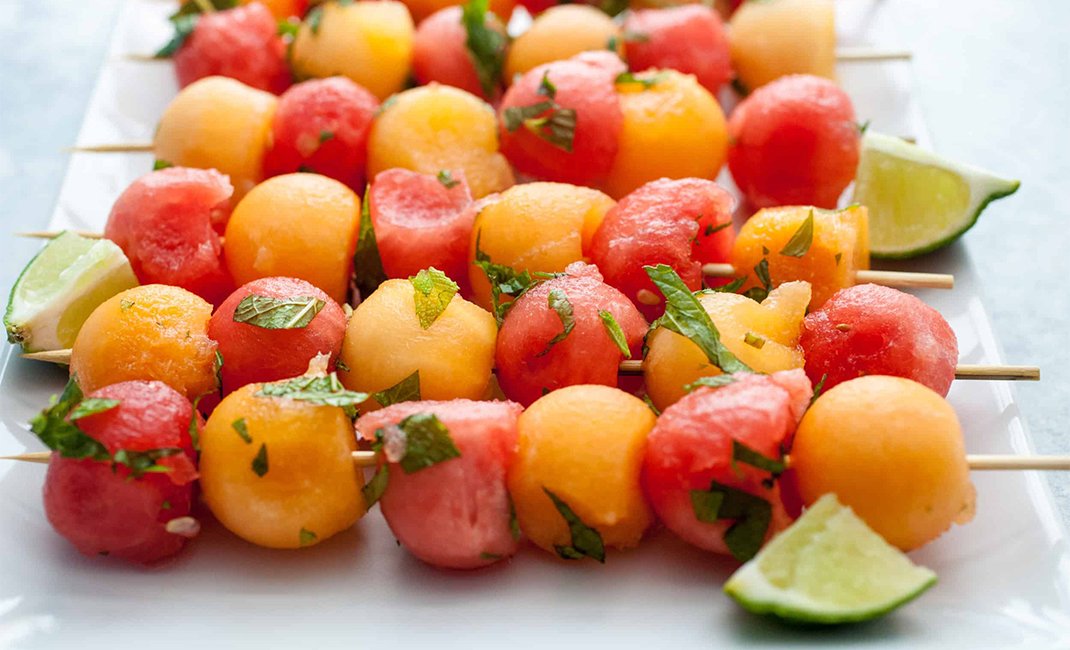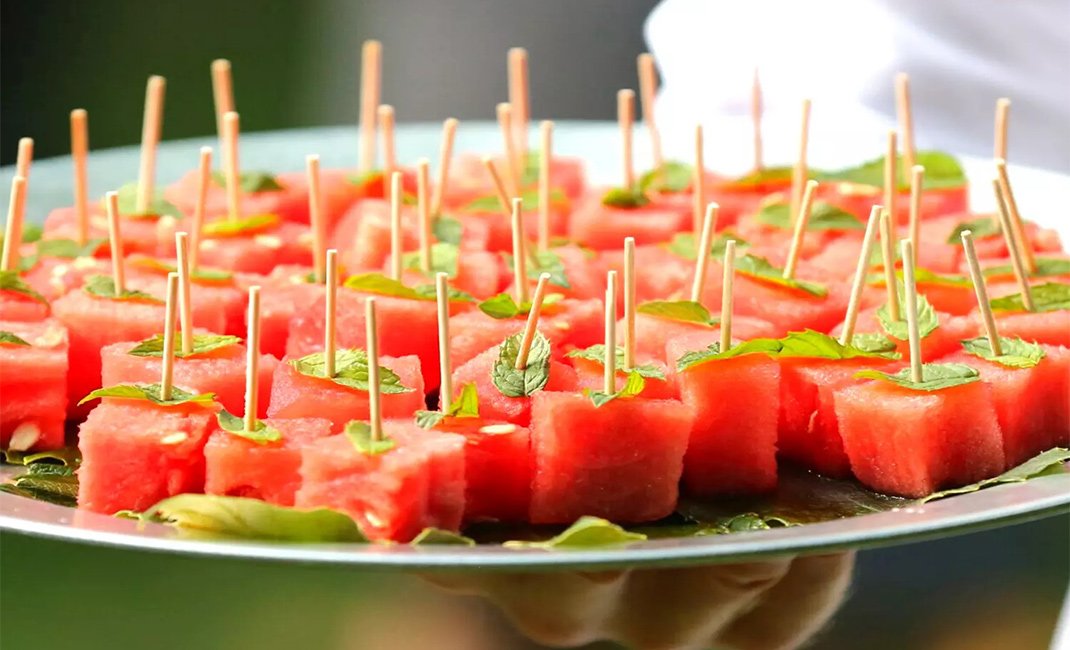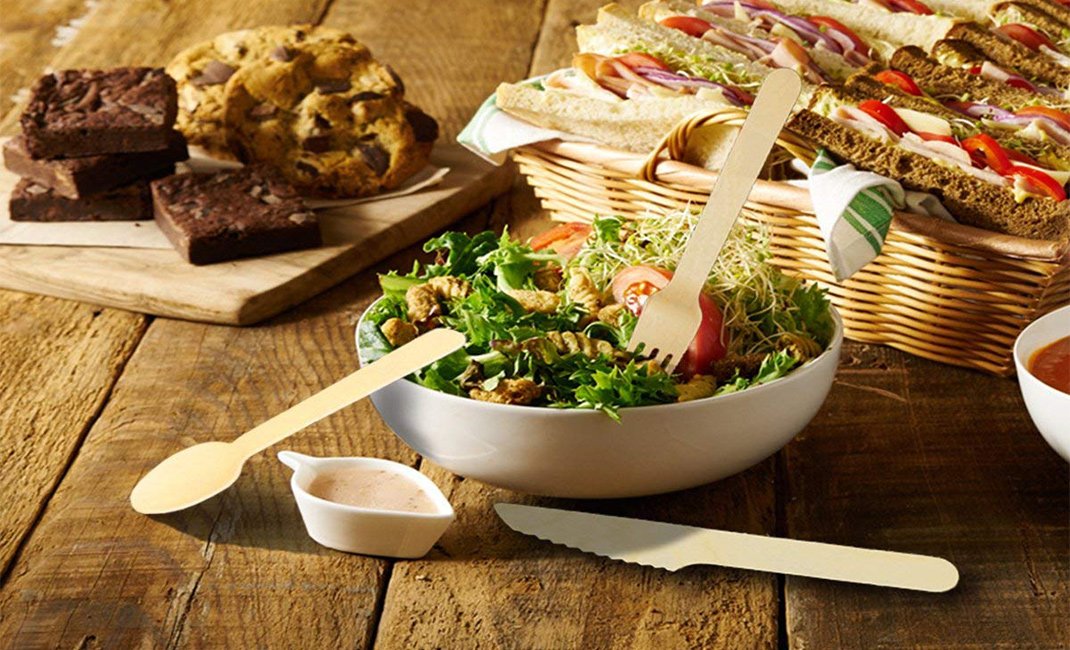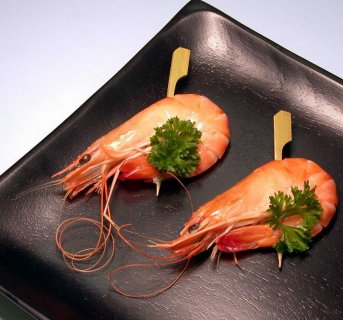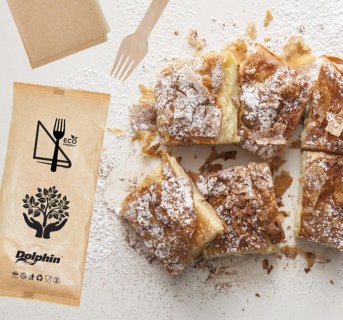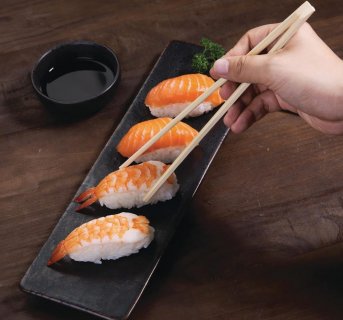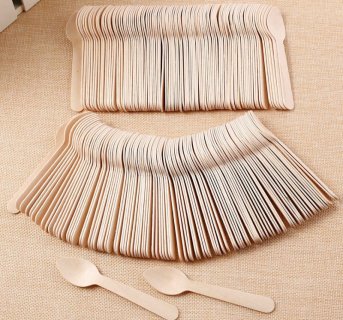Tips, tricks and simple steps to becoming a chopstick pro!
Chopsticks are probably the most versatile Chinese utensil ever. It’s a fork, knife, pair of tongs, a whisk, and a steamer stand (just place them in your wok and they’ll hold your bowl above water) all rolled into one.
But for some, who maybe didn’t grow up using them, they can be a bit of a challenge. So here’s our step-by-step guide:
Step 1: Snapping Apart
If you have disposable chopsticks, you must first snap them apart, wishbone style. When buying chopsticks, we recommend to prefer the sturdy and traditional disposable bamboo versions, like the ones we have here.
Step 2: Grasping Stick 1
Pick up your first chopstick in your non-dominant hand. Place the narrower end as you would a pencil tip. Adjust the stick so only about an inch of the thicker end is sticking out of the area between your forefinger and thumb. The lower joint of the thumb will help to stabilize this stick.
Now place the narrower end (but not the tip, per se) so it rests just slightly on the inside part of your ring finger(fourth finger), freeing your middle and forefinger from holding onto the stick, entirely. Place the first chopstick in the valley between your pointer finger and thumb. Balance it on your ring finger.
This stick will be your base stick and will/ should not move while you pick up food.
Step 3: Grasping Stick 2
Now onto the second stick! Place the second chopstick in the valley between your pointer finger and thumb along with the first chopstick, but rest this one on your middle finger instead of your ring finger.
This stick will have a lot of work to do, as it should be the one solely responsible for initiating and completely a successful food transport.
Having the thicker end line up with the thicker end of stick 1, peeping out to about an inch between forefinger and thumb, follow the narrower end so it passes just below your thumbs tip and between your middle and index finger. Get yourself comfortable with this stance because this is the basic way to hold chopsticks
In order to move stick 2 (as stick 1 never moves) use the top part of your thumb, but keep the bottom part stationary as this part is holding onto stick 1. Also use your index and middle finger as leverage to push against your thumb to either tighten or loosen the sticks' grasp on food
You will need to synchronize the way your thumb tip, middle and forefinger all operate in unison for a controlled movement of Stick 2, as it comes down to meet Stick 1.
Step 4: Grabbing a Bite
Practice squeezing and releasing the sticks so that when actual food is introduced you won't get frustrated at not being able to hold onto anything.
Position the area between your sticks opening so that its wider than the piece of food you want to grab onto. Then slowly lower and close Stick 2 so you can squeeze and subsequently grab your food.
Once you're ready, we recommend starting off by grabbing larger food items like prawns or sushi, and move up to foods like noodles and rice, as the smaller food requires more coordination to hold onto it.
! Remember to keep your hand loose but still maintain good control over that chopstick. You’ll really be tested when picking up heavier pieces of food.
Once you’ve got this down, you’re ready to eat! That’s it. Pretty simple, right?
Chopstick etiquette
Some aspects of chopstick etiquette are purely practical; some are symbolic. Symbolism is intrinsic to Chinese culture, informing beliefs and practices relating to everything from death to birth, to luck, nature, war - and, unsurprisingly, food! While some eateries are more lax on chopstick etiquette than others, it is wise to be aware of what may be expected - so check out our top tips for chopstick etiquette beneath!
- Leave your chopsticks to the side when you’re taking a break. Chopsticks balanced on top of a plate is a sign that you have finished eating. To avoid having your food whisked away by a waiter, leave your chopsticks to the side of your plate or bowl if you haven’t finished - either in a chopstick rest, or arranged parallel on top of the table if a rest isn’t provided.
- Use the wrong side of your chopsticks to serve. If no serving utensils are provided, turn your chopsticks around before using them to serve food. Essentially, don’t use the side that you eat from to touch foods that others will.
- Lift that bowl! It is perfectly acceptable in Chinese culture to lift your bowl level with your mouth and use your chopsticks to push rice in. Not only is this polite, but it is much easier than trying to precariously balance rice up to your mouth from the table.
- Don’t leave chopsticks stuck in. Chopsticks left vertically stuck in food are considered a symbol of death, due to the fact that they look similar to incense sticks burnt for deceased ancestors at temples. Leave your chopsticks to the side of your plate when you need - not in the food!
- No pass-the-parcel! Passing food from one pair of chopsticks to another is taboo, as it is reminiscent of a particular Chinese funeral rite whereby loved ones pass around cremated bones between chopsticks. If you need to pass someone some food, try to place it on their plate and allow them to pick it up themselves.

